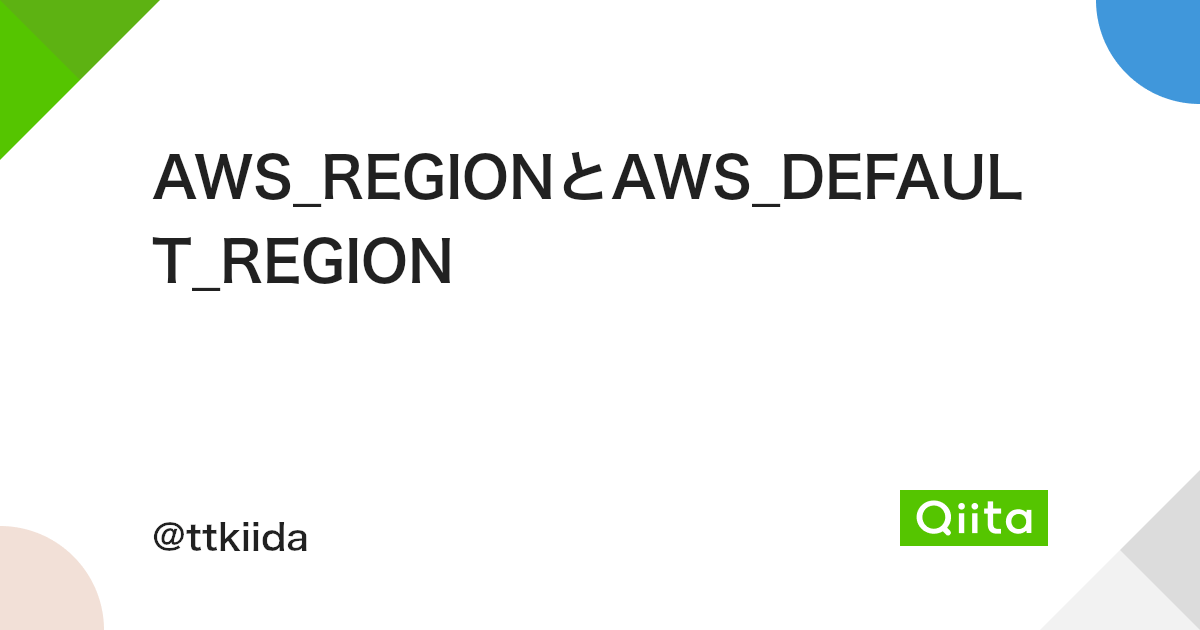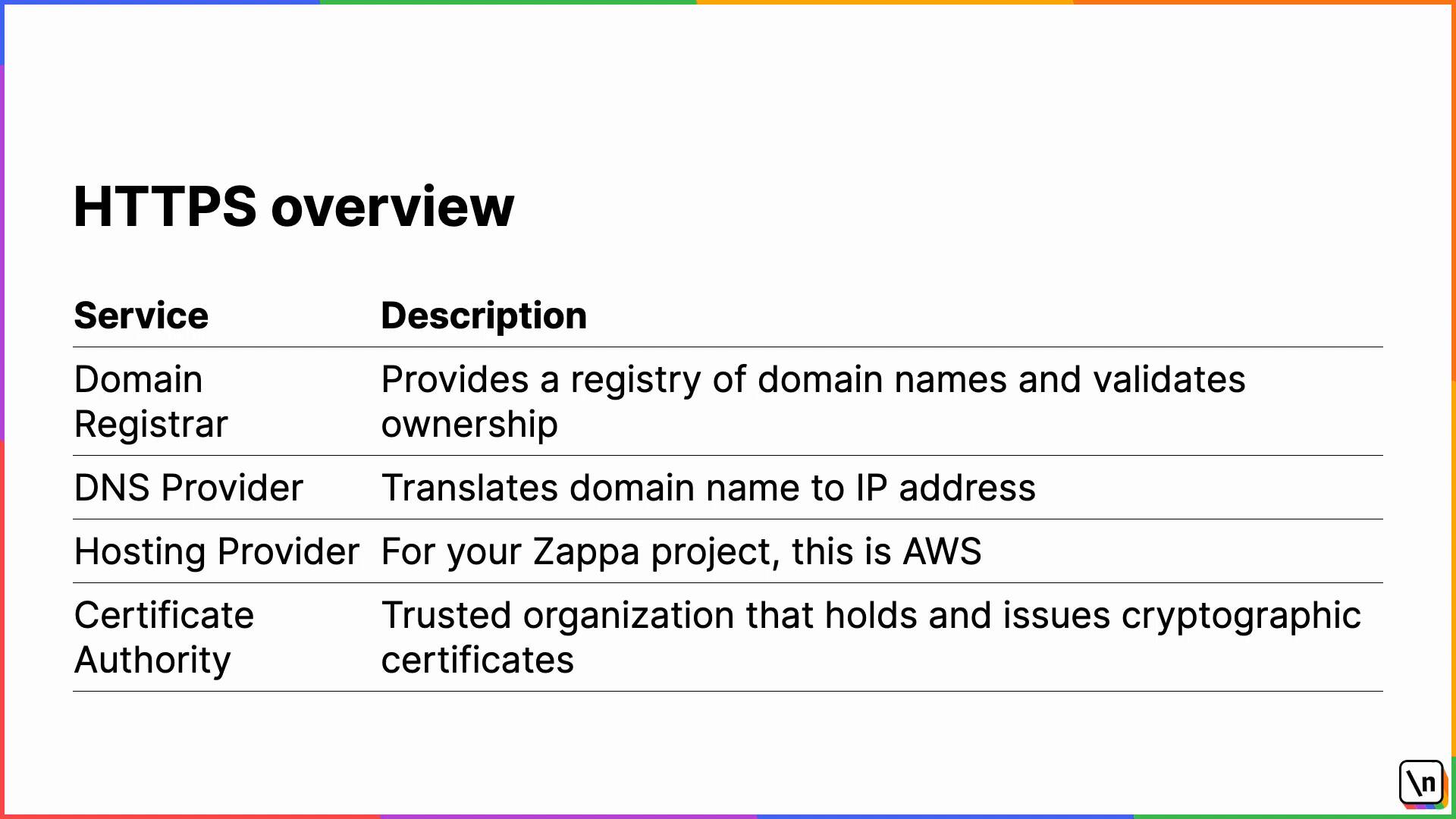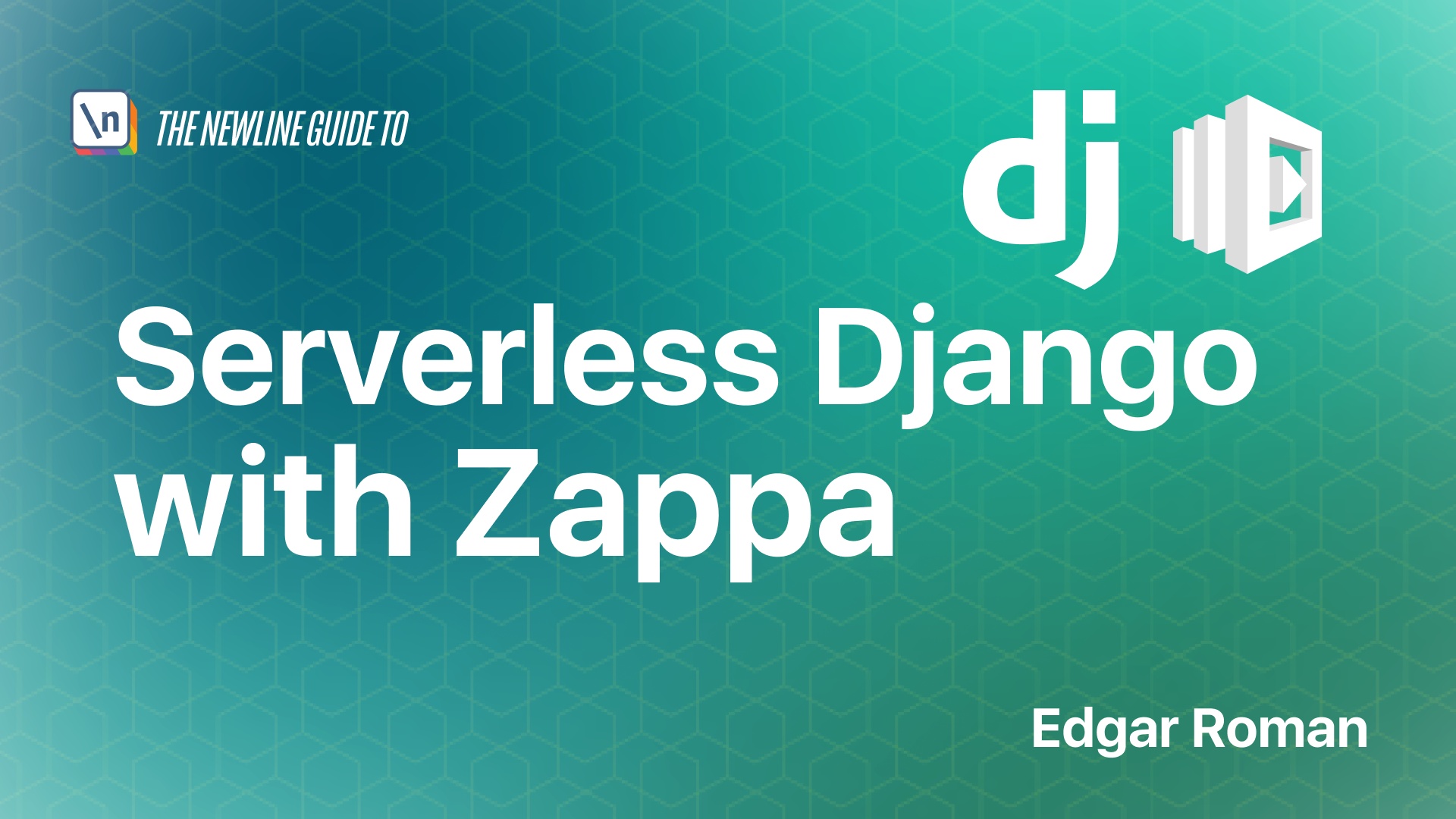Botocore.Exceptions.Noregionerror You Must Specify A Region
When working with AWS (Amazon Web Services), it is crucial to specify a region in order to access and utilize its services effectively. Failure to specify a region can result in an error known as “botocore.exceptions.noregionerror.” In this article, we will delve into the definition, causes, impact, and consequences of this error. We will also explore preventive measures, troubleshooting strategies, and best practices for handling this error.
Definition and Explanation of botocore.exceptions.noregionerror:
Botocore.exceptions.noregionerror is a specific error that occurs when there is a lack of specified region in the AWS service configuration. This error is raised by Botocore, the foundation library used by the AWS Command Line Interface (CLI) and Boto3, the AWS SDK (Software Development Kit) for Python. It signifies that the system cannot determine the AWS region to execute the requested action.
Importance of Specifying a Region in AWS Services:
Specifying a region is essential in AWS services for several reasons. Firstly, AWS has a vast network of data centers worldwide, and each region represents a separate geographic area with its own data centers. By specifying a region, you define the physical location where your resources will be provisioned and stored. Secondly, many AWS services are region-specific, meaning their availability and functionality may vary across regions. Therefore, to access specific features or services, it is necessary to operate within the appropriate region. Lastly, by selecting the closest region to your users or target audience, you can minimize network latency and improve the performance of your applications.
Causes of botocore.exceptions.noregionerror:
1. Lack of specified region in AWS service configuration: If you omit the region configuration when working with AWS services, it can result in the botocore.exceptions.noregionerror. Failing to specify a region leaves the system unable to determine the appropriate region to execute the requested action.
2. Typographical error in region name: Another common cause of the error is a typographical error in specifying the region name. Even a small mistake in the region name, such as lowercase instead of uppercase characters, can lead to the error.
3. Invalid or outdated region specified: If you provide an invalid or outdated region name, the system will be unable to find the specified region and raise the botocore.exceptions.noregionerror.
Impact and Consequences of botocore.exceptions.noregionerror:
The botocore.exceptions.noregionerror can have significant implications for the access and utilization of AWS services. Here are some potential impacts and consequences:
1. Inability to access or utilize AWS services: Without specifying the region, you may encounter difficulties accessing and utilizing the full range of AWS services available. Certain services, such as Amazon S3 (Simple Storage Service), Amazon EC2 (Elastic Compute Cloud), and Amazon Athena, require a region to be specified to function correctly.
2. Potential data loss or disruption of services: In the absence of a specified region, you may face data loss or disruption of services. AWS services often rely on region-specific data centers to store and process data. Failing to specify a region correctly can lead to the inadvertent loss or unavailability of critical data.
3. Limitations on scalability and availability: Specifying the correct region is crucial for scalability and availability of your applications. Without specifying a region, you may encounter limitations in scaling your application or leveraging the full availability of AWS resources.
Prevention and Troubleshooting of botocore.exceptions.noregionerror:
To prevent and troubleshoot the botocore.exceptions.noregionerror, consider following these steps:
1. Configuring region settings in AWS services: Ensure that you provide the correct region configuration when setting up AWS services. This can be done through the AWS Management Console, AWS CLI, or programmatically using the AWS SDKs.
2. Verifying correct region name and format: Double-check the spelling, case, and format of the region name. It should match the official AWS region names, which consist of a combination of letters and hyphens (e.g., us-west-2).
3. Updating regional information if required: In case the region you initially specified becomes outdated or deprecated, it is essential to update the regional information accordingly. Stay updated with AWS announcements and documentation for any changes related to regions.
Best Practices for Handling botocore.exceptions.noregionerror:
To handle botocore.exceptions.noregionerror effectively, consider implementing the following best practices:
1. Regularly reviewing and updating AWS service configurations: Make it a habit to review and update your AWS service configurations periodically. This ensures that you always have the correct region specified and reduces the chances of encountering region-related errors.
2. Implementing automated checking mechanisms for correct region settings: Automate the verification of region settings in your applications or infrastructure. This can be done using scripting or configuration management tools to ensure that the correct region is specified consistently.
3. Utilizing AWS service monitoring and alerts: Leverage AWS service monitoring and alerts to quickly identify and resolve any region errors. Set up alerts to notify you in case of any misconfigurations or failures related to region settings.
FAQs:
Q1: What is botocore.exceptions.nocredentialserror: unable to locate credentials?
A1: Botocore.exceptions.nocredentialserror: unable to locate credentials is another error that can occur when working with AWS services. It signifies that the system cannot locate the necessary credentials required to authenticate and access AWS resources. To resolve this error, ensure that you have valid AWS credentials configured correctly.
Q2: What are some examples of using Boto3 with AWS services like Athena, EC2, and SNS?
A2: Boto3 is a powerful library for interacting with AWS services using Python. Some examples of using Boto3 with AWS services include executing Athena queries, managing EC2 instances, and sending messages through SNS (Simple Notification Service).
Q3: How can I connect to a specific region using Boto3?
A3: Boto3 provides a method called “connect_to_region” that allows you to connect to a specific region. This method takes the desired region name as a parameter and returns a Boto3 session object associated with that region.
Q4: How can I retrieve the current region using Boto3?
A4: To retrieve the current region using Boto3, you can use the “get_available_regions” method provided by the service client. This method returns a list of all the available regions for the particular service and can be used to determine the region that Boto3 is currently configured for.
Q5: How can I install Boto3 for Python 3?
A5: To install Boto3 for Python 3, you can use pip, the package installer for Python. Open your terminal or command prompt and execute the following command: “pip install boto3”.
Q6: What is Boto3 session?
A6: Boto3 session is a concept in Boto3 that represents a user’s interaction with AWS services. It provides a way to manage and persist configuration options, such as region, credentials, and other settings, throughout multiple API calls. Sessions are used to create client and resource objects for interacting with AWS services.
In conclusion, specifying a region is vital when working with AWS services to avoid encountering botocore.exceptions.noregionerror. By understanding the causes, impact, and consequences of this error, as well as implementing prevention and troubleshooting strategies, you can ensure seamless access and utilization of AWS resources.
Boto3 Client Noregionerror: You Must Specify A Region Error Only Sometimes
Keywords searched by users: botocore.exceptions.noregionerror you must specify a region botocore.exceptions.nocredentialserror: unable to locate credentials, Boto3 athena, EC2 boto3 example, Boto3 SNS, Boto3 connect_to_region, Boto3 get current region, Install boto3 python3, Boto3 session
Categories: Top 62 Botocore.Exceptions.Noregionerror You Must Specify A Region
See more here: nhanvietluanvan.com
Botocore.Exceptions.Nocredentialserror: Unable To Locate Credentials
The botocore.exceptions.nocredentialserror is an error that occurs when the AWS SDK for Python (Boto3) library is unable to locate valid credentials for accessing AWS services. This error is quite common among developers who use Boto3 to interact with various AWS services such as S3, EC2, and DynamoDB.
In order to understand this error, it is important to first grasp the concept of credentials in AWS. AWS uses a credential system to securely authenticate and authorize access to AWS resources. These credentials consist of an access key ID and a secret access key, both of which are required to access AWS services using APIs or command-line interfaces.
When the Boto3 library is used to interact with AWS services, it automatically attempts to locate and use these credentials. However, there are several reasons why the library may fail to find valid credentials, resulting in the botocore.exceptions.nocredentialserror.
One possible reason for this error is that the AWS credentials may not be configured correctly on the machine where the code is being executed. Boto3 automatically searches for credentials in multiple locations, such as environment variables, AWS configuration files, or IAM roles assigned to an EC2 instance. If the credentials are not set up correctly in any of these locations, the library will raise the “unable to locate credentials” error.
Another reason for this error is that the code is being executed in an environment where no credentials are available or authorized to access AWS services. This can happen if the code is being run outside of AWS, such as on a local development machine, and no explicit credentials are provided. In such cases, accessing AWS services may require explicitly providing the credentials to the Boto3 library using the appropriate method.
Additionally, this error can occur when using AWS services that require specific permissions or service roles. If the credentials being used do not have the necessary permissions to access a service, the library will raise the “unable to locate credentials” error.
To troubleshoot the botocore.exceptions.nocredentialserror, there are several steps that can be taken. First, ensure that the AWS credentials are correctly set up on the machine where the code is being executed. This can be done by either setting up the credentials directly on the system or by using the AWS Command Line Interface (CLI) to configure the credentials. The AWS CLI provides a simple command, “aws configure,” to store the access key ID and secret access key on the machine.
If the code is being executed in an environment outside of AWS, such as a local development machine, AWS requires the credentials to be explicitly provided. This can be done by creating a new instance of the “Session” class in Boto3 and passing the access key ID and secret access key as parameters. For example:
“`python
import boto3
session = boto3.Session(
aws_access_key_id=’
aws_secret_access_key=’
)
s3 = session.client(‘s3’)
“`
It is important to note that embedding the access key ID and secret access key directly in the code should be avoided, as it exposes sensitive information. Instead, consider using secure methods such as environment variables or configuration files to store the credentials.
In cases where the code is executed on an EC2 instance, ensure that the instance has an assigned IAM role with the appropriate permissions to access the desired AWS services. Boto3 will automatically pick up the credentials from the instance metadata and perform the necessary authorization.
Frequently Asked Questions:
Q: Why am I getting the “botocore.exceptions.nocredentialserror” even though I have configured the AWS credentials?
A: There could be several reasons for this error. Double-check that the credentials have been set up correctly on the system where the code is being executed. Also, ensure that the credentials are accessible to the running code and that they have the necessary permissions to access the AWS service you are trying to access.
Q: Can I store the AWS credentials directly in the code?
A: Storing the credentials directly in the code is not recommended as it exposes sensitive information. It is best practice to use secure methods such as environment variables or configuration files to store the credentials.
Q: How can I provide credentials explicitly when running code outside of AWS?
A: You can create a new instance of the “Session” class in Boto3 and pass the access key ID and secret access key as parameters. This allows you to explicitly provide the credentials to the Boto3 library in your code.
Q: I am running my code on an EC2 instance, why am I still getting the “botocore.exceptions.nocredentialserror”?
A: Ensure that the EC2 instance has an assigned IAM role with the necessary permissions to access the desired AWS service. Boto3 will automatically pick up the credentials from the instance metadata if an appropriate role is assigned.
In conclusion, the botocore.exceptions.nocredentialserror occurs when the AWS SDK for Python (Boto3) library is unable to locate valid credentials for accessing AWS services. This error can have various causes, such as incorrect credential configuration, lack of explicit credentials in environments outside of AWS, or insufficient permissions. By properly configuring and providing the necessary credentials, this error can be resolved, allowing seamless interaction with AWS services using Boto3.
Boto3 Athena
In today’s data-driven world, organizations are constantly seeking ways to efficiently process and analyze large datasets. Amazon Athena, a serverless query service provided by Amazon Web Services (AWS), offers a powerful and cost-effective solution. While Athena itself is a remarkable tool, developers often find themselves searching for an easy-to-use interface to interact with it. This is where Boto3 Athena, a Python library, comes into play. In this article, we will explore the ins and outs of Boto3 Athena and discuss its significance in simplifying big data analytics in the cloud.
What is Boto3 Athena?
Boto3 Athena is an open-source Python library developed by AWS. It serves as a client for interacting with the Amazon Athena service programmatically. With this library, developers can easily create, manage, and execute Athena queries directly from their Python code. This eliminates the need for manual query submission through the AWS Management Console, allowing for seamless integration of Athena functionality into custom applications.
Key Features and Benefits of Boto3 Athena
1. Simplified Query Execution: Boto3 Athena provides a straightforward API that simplifies the execution of complex queries within Python code. Developers can create a query and submit it with a single function call, eliminating the need to write complex SQL queries manually.
2. Integration with AWS Services: Boto3 Athena seamlessly integrates with various AWS services, enabling developers to extract, transform, and load (ETL) data from multiple sources. It can interact with services such as Amazon S3 for data storage, AWS Glue for data cataloging, and Amazon Redshift for data warehousing.
3. Serverless Architecture: With Boto3 Athena, developers can leverage the benefits of serverless computing. Athena automatically scales resources based on the input data size and query complexity, ensuring optimal performance and cost efficiency. This allows organizations to focus solely on data analysis without worrying about infrastructure management.
4. Cost-Effective Solution: One of the significant advantages of using Boto3 Athena is its cost-effectiveness. Rather than investing in infrastructure, organizations pay only for the queries they run and the data scanned. Additionally, as Athena automatically compresses data and uses columnar storage, it further reduces storage costs and improves query performance.
5. Data Partitioning and Encryption: Boto3 Athena supports data partitioning, allowing developers to organize data efficiently and enhance performance. Additionally, it supports data encryption at rest, ensuring security and compliance with privacy regulations.
Now let’s address some frequently asked questions about Boto3 Athena:
FAQs
Q1. Is Boto3 Athena only for Python developers?
No, Boto3 Athena is primarily a Python library, but it can be used by developers working with any language. However, its usage is most seamless within Python environments.
Q2. Does Boto3 Athena require manual setup or configuration?
No, Boto3 Athena does not require any manual setup or configuration. As a client library, it only requires AWS credentials or role-based access to authenticate with Athena.
Q3. Can Boto3 Athena be used for real-time data analysis?
Boto3 Athena is designed for ad-hoc and interactive queries rather than real-time data analysis. It is best suited for scenarios where data can be preprocessed and stored in a structured format.
Q4. Can Boto3 Athena handle large datasets?
Yes, Boto3 Athena can handle large datasets efficiently. It leverages AWS’s distributed processing power to execute queries in parallel over multiple nodes, ensuring scalability and performance.
Q5. Can Boto3 Athena be used for complex analytical queries?
Absolutely! Boto3 Athena supports complex analytical queries involving complex joins, aggregations, and subqueries. It offers a wide range of SQL functionality, enabling developers to perform advanced analytics seamlessly.
Q6. Is Boto3 Athena suitable for small businesses?
Yes, Boto3 Athena is well-suited for small businesses as it eliminates the need for upfront infrastructure investments. It allows them to start analyzing data quickly and pay only for the queries and data storage they actually use.
In conclusion, Boto3 Athena is a powerful library that simplifies big data analytics in the cloud. With its easy-to-use API, seamless integration with AWS services, and cost-effectiveness, developers can leverage the full potential of Amazon Athena to process and analyze large datasets efficiently. Whether you’re a Python developer or working with any other language, Boto3 Athena provides a user-friendly interface for interacting with Athena programmatically. So, if you’re looking to streamline your big data analytics workflows, give Boto3 Athena a try and unlock the full potential of the cloud for your data-driven organization.
Ec2 Boto3 Example
AWS EC2 (Elastic Compute Cloud) is a popular service offered by Amazon Web Services, allowing users to easily provision and manage virtual servers in the cloud. Boto3, the AWS SDK for Python, provides a powerful and user-friendly interface to interact with AWS resources, including EC2 instances. In this article, we will explore a detailed example on how to automate EC2 instances using Boto3 and Python.
Before diving into the example, make sure you have Python and Boto3 installed on your machine. You can easily install Boto3 using pip, the Python package installer, by running the following command:
“`
pip install boto3
“`
Once you have Boto3 installed, you need to configure your AWS credentials to authenticate to the AWS services. This can be done by creating a `~/.aws/credentials` file with your access key and secret access key, or by using environment variables. You can find detailed instructions on how to set up your AWS credentials in the AWS documentation.
Now, let’s get into the example. We will write a Python script to automate the process of creating, starting, and stopping EC2 instances. We will also cover retrieving information about instances, terminating instances, and creating AMIs (Amazon Machine Images), which can be used to spin up identical instances in the future.
First, we need to import the necessary Boto3 modules and create a session:
“`python
import boto3
session = boto3.Session()
“`
By default, the session will use the credentials configured on your machine. If you want to use a different set of credentials, you can pass the `aws_access_key_id` and `aws_secret_access_key` as arguments to the `Session()` class.
Next, we can create an EC2 resource object using the session:
“`python
ec2_resource = session.resource(‘ec2′)
“`
This allows us to interact with EC2 instances using a higher-level, object-oriented interface.
To create a new EC2 instance, we can use the `create_instances()` method provided by the EC2 resource object:
“`python
instance = ec2_resource.create_instances(
ImageId=’ami-12345678′,
MinCount=1,
MaxCount=1,
InstanceType=’t2.micro’,
KeyName=’my-key-pair’,
SecurityGroupIds=[‘sg-12345678′],
SubnetId=’subnet-12345678’
)[0]
“`
In this example, we specify the AMI ID, the instance type, the key pair name, security group IDs, and the subnet ID. The `create_instances()` method returns a list of instance objects, but since we are creating only one instance, we access it using `[0]`.
To start an existing EC2 instance, we can use the `start_instances()` method:
“`python
instance_id = ‘i-12345678’
instance = ec2_resource.Instance(instance_id)
response = instance.start()
“`
Here, we first need to retrieve the instance object using the instance ID. We then call the `start()` method on the instance object, which starts the instance.
Similarly, we can stop an existing EC2 instance using the `stop_instances()` method:
“`python
instance_id = ‘i-12345678’
instance = ec2_resource.Instance(instance_id)
response = instance.stop()
“`
To retrieve information about EC2 instances, we can use the `describe_instances()` method:
“`python
response = ec2_resource.describe_instances()
for reservation in response[‘Reservations’]:
for instance in reservation[‘Instances’]:
print(f”Instance ID: {instance[‘InstanceId’]}”)
print(f”Instance State: {instance[‘State’][‘Name’]}”)
print(f”Public IP: {instance[‘PublicIpAddress’]}”)
“`
This example retrieves a list of reservations, and for each reservation, it loops through the instances and prints information such as the instance ID, state, and public IP address.
To terminate an EC2 instance, we can use the `terminate_instances()` method:
“`python
instance_id = ‘i-12345678’
response = ec2_resource.instances.terminate(InstanceIds=[instance_id])
“`
Finally, let’s cover the creation of Amazon Machine Images (AMIs), which can be used to launch instances with the same configuration later. We can use the `create_image()` method provided by the EC2 resource object:
“`python
instance_id = ‘i-12345678′
instance = ec2_resource.Instance(instance_id)
response = instance.create_image(
Name=’My Instance Image’,
Description=’An image of my EC2 instance’
)
“`
In this example, we specify a name and description for the image. The `create_image()` method returns an image ID, which can be used to launch new instances with the same configuration.
That concludes our example of automating EC2 instances using Boto3 and Python. This is just a glimpse of what you can achieve with Boto3 in terms of EC2 instance automation. You can explore other methods and attributes provided by Boto3 to suit your specific use cases and requirements.
—
FAQs:
Q: Can I use Boto3 to manage EC2 instances on any AWS region?
A: Yes, Boto3 allows you to manage EC2 instances on any AWS region. You just need to specify the region when creating the session or resource object.
Q: How can I install Boto3 on a virtual environment?
A: The recommended approach is to create a virtual environment using a tool like `venv` or `virtualenv` and then install Boto3 within that environment using `pip install boto3`.
Q: Can I automate the creation and management of multiple EC2 instances using Boto3?
A: Yes, Boto3 provides methods to create, start, stop, and terminate multiple instances asynchronously. You can use looping structures and threading techniques in Python to achieve this.
Q: Can I use Boto3 to manage EC2 instances created by other tools or manually created instances?
A: Yes, Boto3 allows you to interact with any EC2 instances as long as you have the necessary permissions and credentials. You can specify the instance ID or other identifiers to perform operations on specific instances.
Q: Are there any limits on the number of EC2 instances I can manage using Boto3?
A: AWS imposes certain limits on EC2 instances and other resources. You should check the AWS documentation and monitor your account’s usage to ensure you are within those limits.
Images related to the topic botocore.exceptions.noregionerror you must specify a region

Found 41 images related to botocore.exceptions.noregionerror you must specify a region theme






![awslogs] botocore.exception.NoRegionError: You must specify a region. Awslogs] Botocore.Exception.Noregionerror: You Must Specify A Region.](https://img1.daumcdn.net/thumb/C176x176/?fname=https://blog.kakaocdn.net/dn/45EqZ/btrXUXdD4KP/ngiyB1fp60y4OOeFrN9Sok/img.png)


![awslogs] botocore.exception.NoRegionError: You must specify a region. Awslogs] Botocore.Exception.Noregionerror: You Must Specify A Region.](https://img1.daumcdn.net/thumb/C176x176/?fname=https://blog.kakaocdn.net/dn/l4Sku/btrMrxKAsNn/XY36627xnk0gGYHpUgy0E0/img.png)


Article link: botocore.exceptions.noregionerror you must specify a region.
Learn more about the topic botocore.exceptions.noregionerror you must specify a region.
- boto3 client NoRegionError: You must specify a region error …
- Quickly fix botocore.exceptions.noregionerror: you must …
- boto3 client NoRegionError: You must specify a region error …
- botocore.exceptions.NoRegionError: You must specify a region.
- boto3 client NoRegionError: You must specify a region error …
- You must specify a region error AWS – how.wtf
- boto3 client NoRegionError: You must specify a region error …
- boto3 client NoRegionError – velog
- You must Specify a Region Error in AWS CLI [Solved]